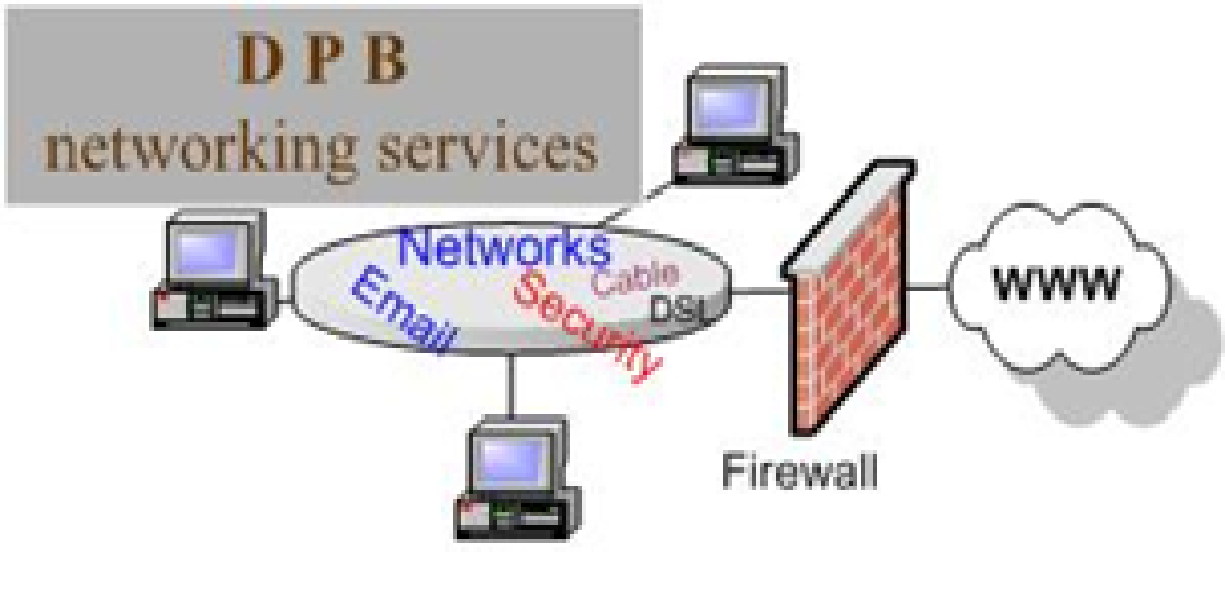Paralegals typically supplement a lawyer’s efforts when preparing for cases, taking on tasks like drafting legal documents, and conducting client interviews, among many others. But these are not the only matters you concern yourself with. A crucial part of a paralegal’s role is taking the administrative load off the team’s plate. This includes client billing and invoicing.
Given the extent of your involvement, you’re expected to have a good grasp not only of the legal procedures but also the ins and outs of law firm billing. Whether you work as an in-house paralegal or provide services as a contract paralegal, this attorney billing cheat sheet should help you ace this important — but often tricky — administrative responsibility.
Attorney Billing Cheat Sheet: 4 Key Practices Every Paralegal Should Know
As a paralegal, your expertise goes far beyond case preparation. Managing client billing and invoicing is an indispensable part of the role, helping keep the firm’s operations transparent and organized.
However, this can be a complex task, with each law firm following unique attorney billing guidelines, structures, and time-tracking standards. To help you navigate it, here is a quick attorney billing cheat sheet featuring key principles that every paralegal should be able to confidently handle.
1. Define your firm’s billing style
There are several ways to structure a law firm’s billing. What your firm chooses as its style largely depends on how the team operates and what areas it specializes in.
Hourly billing
Your team can bill hourly, which means you’ll charge clients based on the actual time you spend on their case. This is the most preferred method, especially for lawyers handling cases where they’re unable to gauge for certain how many hours and how much effort they need to exert. To avoid undercharging or overcharging the client, they bill per rendered hour.
If your law firm implements hourly billing, then knowing the structure is only the tip of the iceberg when creating invoices. You should also understand which billing increment to use.
Billing increments are the smallest amount of time a lawyer uses to bill clients. While attorneys can use various billing increments, the most common are 1/10th of an hour or six minutes. This means that all tasks are rounded up to the nearest six minutes for billing. For example, a three-minute telephone call is billed for six minutes. To make this easier for clients to understand, use an attorney billing chart to standardize increments.
Fixed-rate
You can also implement a fixed rate (also called a flat fee) if you’re working on cases where procedures are somewhat predictable. This type of arrangement sets a specific price for attorney matters, cases, or tasks. For example, instead of billing at $200 an hour to handle an uncontested divorce, the attorney may charge $2000 to complete the entire matter.
This type of billing arrangement has become increasingly popular within the legal profession. Clients tend to prefer fixed fee billing because it gives them upfront notice of the cost without the worry of unexpected expenses on the backend. While this option can be much less time-consuming for lawyers, many still prefer to track their time per hour.
Contingency billing
Another option is contingency billing, when law firms take an agreed-upon percentage, as with case settlements. This is a risky choice for law firms given the possibility of non-payment for cases with no success. On the other hand, it can also sometimes lead to relatively higher earnings if the cases do succeed.
2. Practice detailed time-tracking to avoid block billing
Religiously and accurately tracking the time you spend on a case can make all the difference for your law firm. An efficient paralegal would know the best practices for proper time-tracking.
When tracking time, make sure to take into account every task, even minor ones. This is because block billing isn’t appreciated by legal clients and must not be practiced when preparing invoices.
Block billing simply means listing numerous tasks under one single block of time. For example, a block-billed invoice may be stated as such:
Drafted pleadings, conferred with opposing counsel, reviewed medical records – 6.5 hours
Billing statements should include single time entries, where each task is listed separately, along with the amount of time the task took to complete. Block billing lacks adequate information about what work has been done on the case, and is sometimes seen as a method of padding the bill.
In addition to listing tasks separately, you should also include detailed task descriptions. Now, don’t confuse detailed with long and wordy paragraphs. It’s important to walk the fine line between detail and brevity. There is no need to give the client a blow-by-blow account of the attorney’s every step, but your task descriptions should be longer than two or three words.
To help you visualize this point, here’s a sample attorney billing description. Instead of simply listing a telephone conference, the task description might say:
Telephone conference with expert witness in preparation for trial.
See the difference there? The entry provides enough detail for the client to immediately know what service they are being billed for. At the same time, it is also straight and to the point.
To optimize your time-tracking process, consider automation tools like TimeSolv to reduce your firm’s administrative burdens.
TimeSolv allows law firms to track billable hours accurately and monitor their workflow easily and on any device. Given the software’s knack for transparency, TimeSolv can also help minimize billing disputes while bolstering your reputation for clear and reliable billing practices.
Legal billing terms can be confusing. Download our cheat sheet and get all the information you need!
3. Improve payment collection through legal billing software
Payments often get delayed when clients lose track of due dates. As a paralegal, it’s your responsibility to send them reminders. But what if you’re just too busy to stay ahead of timely follow-ups?
With TimeSolv, there’s a straightforward, easy way to streamline this process. TimeSolv enables you to automate invoice send-outs and payment reminders to hundreds of recipients, notifying all of your clients about any upcoming or past-due payments. This reduces the chances of delayed collections while freeing up your time for more critical casework.
Another way that TimeSolv can help improve your firm’s payment collections is by giving your clients multiple payment options. With TimeSolvPay, the platform’s built-in payment processing solution, you can securely accept client payments through credit cards, debit cards, ACH, or electronic checks, all on the same platform. By offering multiple convenient options, you make it easier for clients to settle invoices quickly, helping you achieve zero accounts receivable in no time.
4. Identify non-billable tasks per your firm’s attorney billing guidelines
Keep in mind that, while you’re meant to track every task, not all of them are billed to the client. There are plenty of duties that go unbilled within a law office. As a paralegal, you need to be able to identify them.
Some firms differentiate between billable and non-billable items based on who performs the task. Those undertaken by lawyers are billable, while those undertaken by support staff are not. However, this can become tricky because paralegals routinely perform billable duties.
Another possible way to define non-billable work is to differentiate between legal and administrative work. Tasks that are crucial to legal procedures but are not necessarily legal tasks, such as making copies or creating invoices, may be counted as non-billable hours.
So, you may be asking why attorneys feel the need to track tasks that aren’t billed to the client. All tasks are important to the firm’s success, whether billed or not. Non-billable tasks contribute to the overhead costs of the firm, so they need to be tracked and accounted for when evaluating overall efficiency and profit.
Tracking non-billable tasks may prove to be a challenge if you are using third-party software for your time-tracking needs. Luckily, TimeSolv has found a way around this by offering a crucial feature for users to create time or expense entries that can appear on an invoice as a no-charge. By using TimeSolv and implementing this feature in your records, you will be able to share non-billable tasks even in your invoices, without having to worry about accidentally charging them for these free-of-charge tasks. This helps you maintain a culture of transparency among clients, inspiring client trust in your firm.
Go Beyond Attorney Billing Cheat Sheets — Simplify Your Process with TimeSolv
Attorney billing cheat sheets can only go so far. For best results, enlist the help of a tried-and-tested software like Timesolv. Enhance your firm’s efficiency by automating key administrative tasks like client billing and invoicing. TimeSolv ensures convenient and secure invoice creation through customized invoice templates, electronic billing, automatic tax calculations, and even batch invoicing. You can also enjoy faster payment processing with TimeSolvPay, the platform’s built-in payment processing solution that lets you record and track client payments with ease.
With TimeSolv, you can allot more time for more critical matters that drive your cases closer to success, all while minimizing errors in your internal processes. Start your journey towards a more streamlined, efficient legal practice today.
Legal billing terms can be confusing. Download our cheat sheet and get all the information you need!















